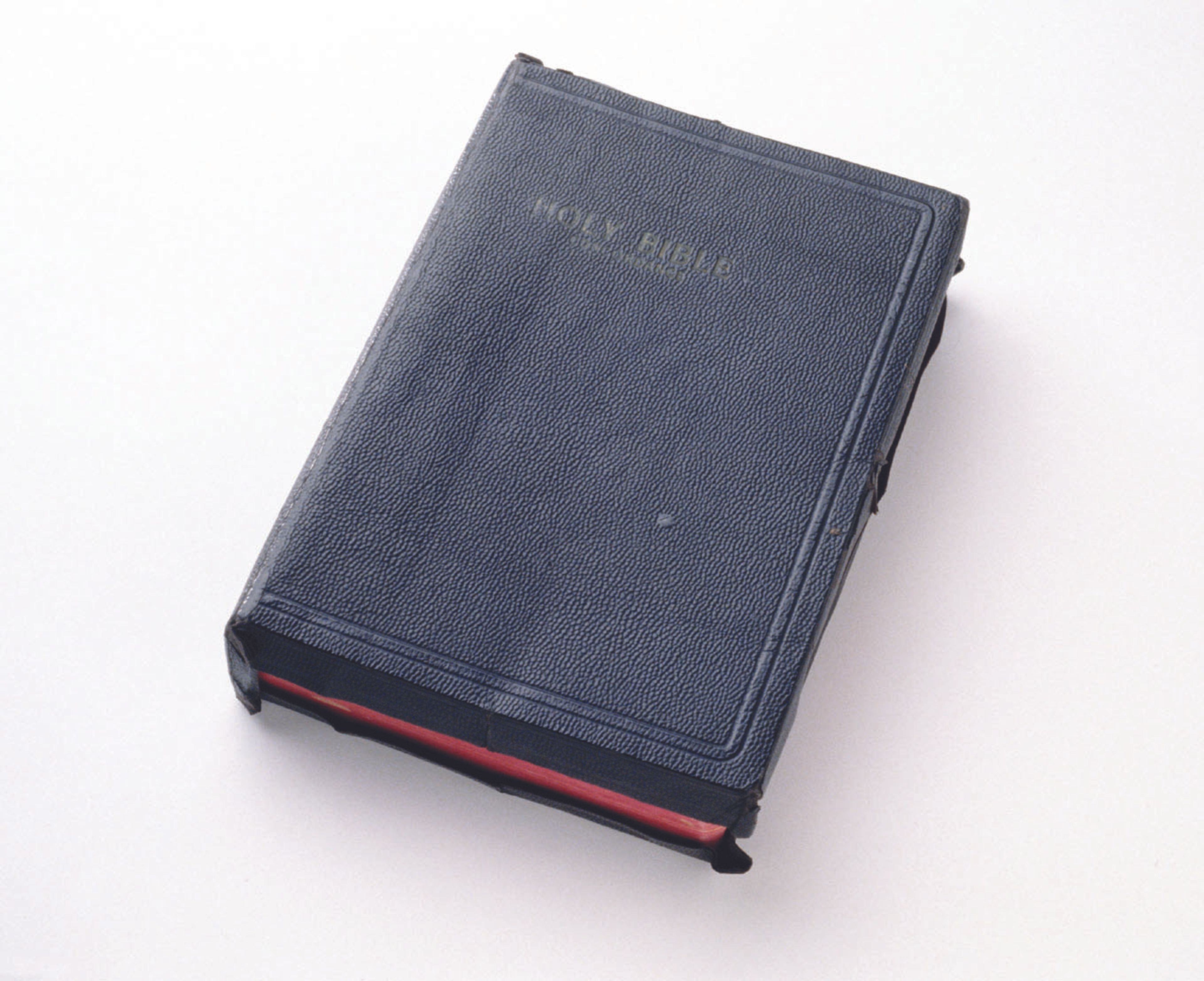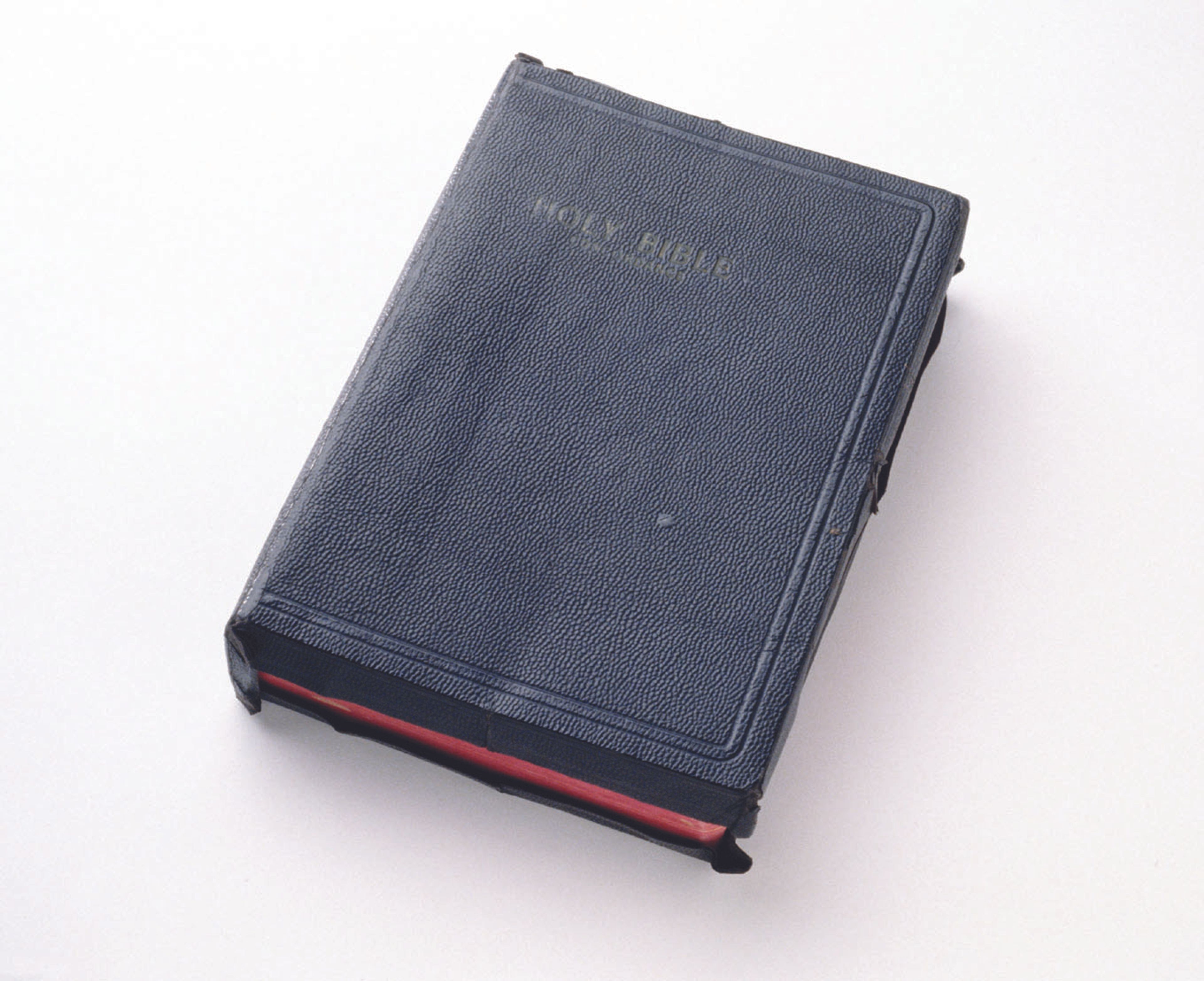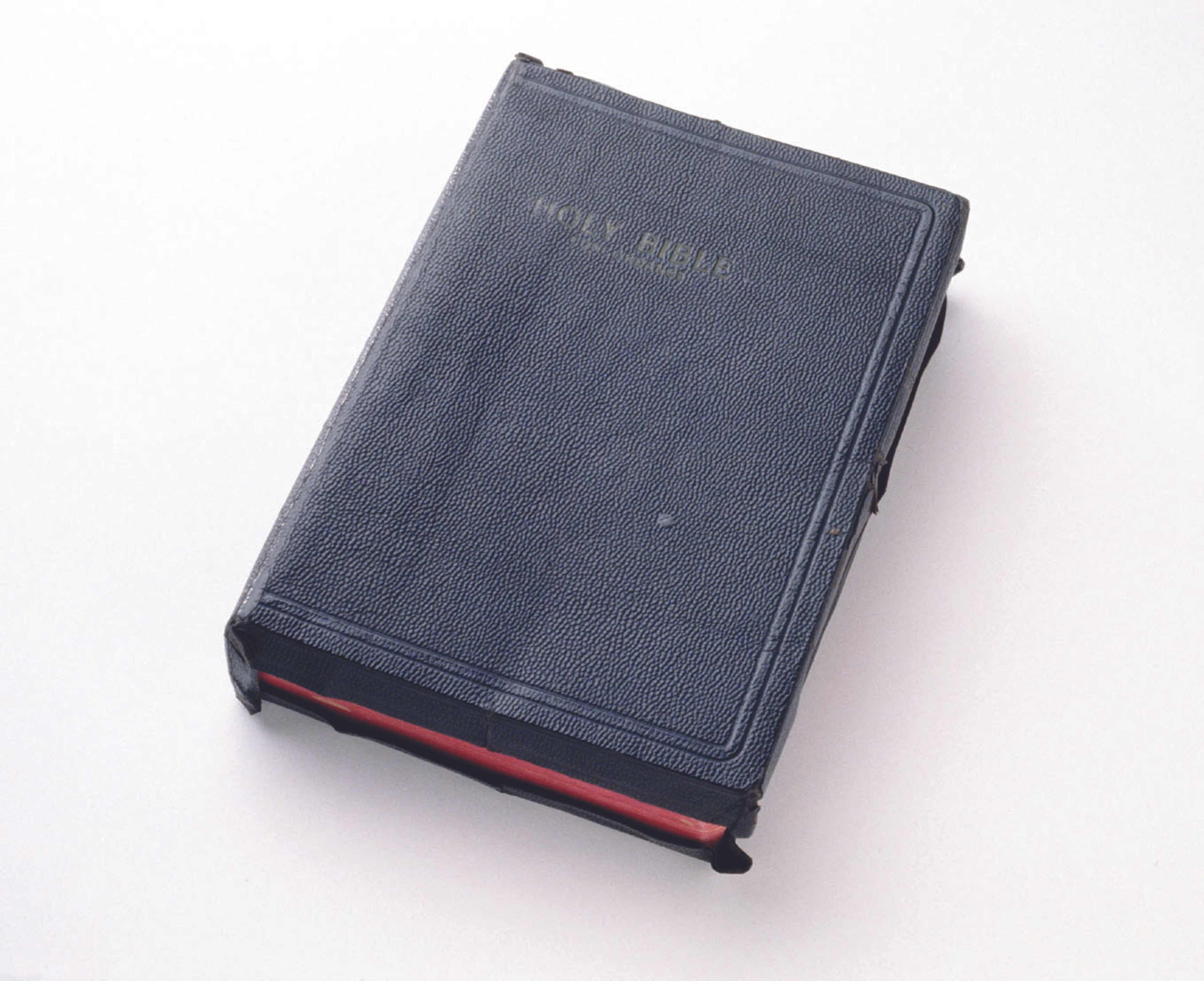Peter Hilty is a resident of Cape Girardeau and a retired professor in the English department at Southeast Missouri State University.
Her call at eight o'clock Sunday night interrupted our four-handed Canasta game. "Come quick. My sister is dying."
When we arrived at their house, a short block away, the lady was already "gone" from the house where she and her twin sister had been born 85 years ago and where they had lived most of the rest of their lives.
It is still an elegant house, just a few doors from Centenary Church. They once told us that when they were kids their mother had complained that they had to live on the edge of the town and she would have preferred something nearer the center. The one who died had suffered from Parkinsons and could no longer hold her head up; her sister prefers to go in a wheelchair, although she boasted that she ate well to keep up her strength so that she could help the weaker one. The ceilings in the house are over ten feet high, and the upstairs is reached by an elegant stairway of three flights. She remembers when the two of them had papered those ceilings, walking along a two-by-six supported by two stepladders. We had a charming talk, the day after the death, about papering ceilings and mixing paste and cutting borders. They were serious about it all and had bought a second-hand paper-hanger's table at an estate sale. She cautioned that two who paper together must be good friends, for the task often leads to quarrels. "It even did for us," she remembered. "And mother, who was outside, heard our raised voices and was worried." It was also refreshing to learn that she not only papered high ceilings but played the banjo in a pop band. She recalls watching Centenary Church burn. She remembered Charlie Armengardt, whose name, scrawled into concrete by my back door, I pass often. Armengardt was a widely known music teacher, known only to me by hearsay and "concrete evidence."
I have lived on Bellevue a scant 30 years. But that includes 30 winters and 30 springs. When one buys a piece of land, he buys a lot of the past with it. This ground has been here since long before Louis Lorimier, and it has an uncanny way of remembering. The ground sinks a bit more and the snow somehow melts earlier in the circle where there had once been a cistern. When city water came to our part of town over a century ago, many of the cisterns were filled. But one can never fill a cistern, I have learned. They must have been labors for Hercules, digging that great hole and lining it carefully with big sandstones.
We dig and fill our grounds, and often turn up a half-brick or a tiny bit of necklace where we had thought we were in undisturbed ground. Each relic has a story to tell, but I have not learned to read them. The Kempe sisters could help. I had long noticed the name in a gable stone in the little trim house on Bellevue and Ellis. "Philip Stoll, 1890."
"Did you know him?" I asked. "That Phill Stoll?"
"Yes. Sure. He was our neighbor. But he said his name in a German way, not like you do." I would believe her if she told me that she had once met Shakespeare.
German was the language of most of Cape Girardeau when Stoll built his neat house. And yesterday the bereaved kept saying, "Lieber Kinder. Der Tot ist bitter." That was what her grandmother said whenever there was a death in the community.
Most of the property on Bellevue Street I bought from Anna Stokes. When she died, she left many of her chattles in the house, including her husband's Bible. I discovered a clipping in the Holy Book, an item which had appeared in the Missourian from the undated past. Doc Stokes had been awakened by the barking of his dog on Bellevue Street, had gone to investigate with a lantern, and had discovered that a groundhog had taken refuge under the porch. Stokes had told a reporter apparently, and had clipped the item and saved it for me, years later. Children of the sturdy fellow (I write of the groundhog) are still found on Bellevue Street, along with possums and more squirrels than one cares to count. A raccoon, one Homecoming Day, fearlessly braved the hubbub to limp across our yard and take refuge in the attic of a neighbor's house. And I was astonished to see a handsome deer close to the front door of a house on Independence two blocks away. All of these creatures have lived on Bellevue Street much longer than we and, by squatters' rights, have the better claim.
Mrs. Stokes' memorials surround us. She would be surprised to see how the hard maples she planted in the parkway are now giant trees and how the four boxwoods she started from "slips" are now challenges to us to retrain their exuberance. She has left us very tiny mementos also, like the tiny Snow on the Mountain, which seems to have given up and then, after several years, appears right in the midst of the mowed lawn. Der Tot ist bitter, but there is a kind of immortality in little bulbs and in possums and squirrels. And news about groundhogs lives in the Bible from one generation to another. As I walked down Bellevue this morning, I heard the spring birds singing; cardinals, perhaps, which might have been around all winter but are only now driven to song because the snow is melting.
Connect with the Southeast Missourian Newsroom:
For corrections to this story or other insights for the editor, click here. To submit a letter to the editor, click here. To learn about the Southeast Missourian’s AI Policy, click here.








